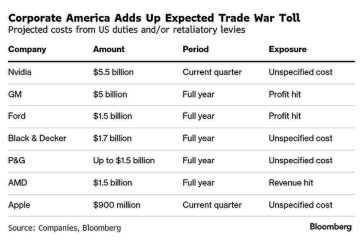NZD to CAD Exchange Rate: Commodity Currencies on Diverging Paths
The NZD to CAD exchange rate reflects the unique interplay between two commodity-driven economies: New Zealand, heavily reliant on agriculture and dairy exports, and Canada, a global energy powerhouse. Despite both being labeled as “commodity currencies,” their economic cycles, trade partners, and interest rate paths have often differed, leading to interesting fluctuations in this pair.
1990s: CAD Strength on Oil Boom, NZD Struggles
The 1990s saw a relatively strong Canadian dollar compared to the New Zealand dollar:
The NZD/CAD rate averaged around 0.75–0.85 during this decade.
Canada’s oil exports surged, and its economy benefited from proximity to a booming U.S.
Meanwhile, New Zealand underwent fiscal reforms and privatizations, which initially kept the NZD subdued.
Overall, the loonie outperformed the kiwi in this period.
2000–2008: NZD Outperforms as Dairy and Tourism Boom
The early 2000s marked a reversal:
NZD/CAD climbed above 0.90, peaking at 1.00 in 2005–2006.
New Zealand’s economy thrived on tourism, agriculture exports, and a robust housing market.
Canada’s loonie also strengthened, but not enough to outpace the NZD’s rise.
Both currencies were supported by commodities, but interest rate differentials favored the kiwi during this time.
2008–2013: Financial Crisis and CAD Stability
The global financial crisis introduced a period of high volatility:
NZD/CAD dropped sharply to 0.75 in 2009, as risk sentiment turned.
Canada’s banking system was more resilient, and the country recovered quickly.
New Zealand’s tourism and export sectors took longer to rebound.
From 2009 to 2013, NZD/CAD stayed between 0.75–0.85, reflecting a mild loonie advantage.
2013–2019: Commodity Divergence and Monetary Shifts
Post-crisis recovery paths differed:
NZD/CAD hovered around 0.85–0.90, occasionally testing parity.
Canada remained highly sensitive to oil prices, while NZD moved more with dairy markets and Chinese demand.
Central banks followed divergent paths, with the RBNZ adopting earlier tightening.
The pair remained balanced, but CAD’s link to oil volatility often dragged it lower.
2020–2024: Pandemic Shocks and CAD Resilience
The COVID-19 pandemic caused unprecedented disruptions:
NZD/CAD dropped to 0.82 in 2020, then rallied back to 0.90 by 2021.
Canada’s fiscal stimulus and vaccine rollout were strong, supporting CAD’s bounce.
By 2022–2023, higher oil prices and BoC rate hikes gave the CAD a boost.
As of 2024, the pair stabilized around 0.84–0.87, with both currencies benefiting from commodity price rebounds, but CAD slightly outperforming.
April 2025 Outlook: Range-Bound with CAD Bias
Currently, the NZD to CAD exchange rate trades around 0.85, reflecting:
Stable commodity prices (especially oil and dairy).
A hawkish Bank of Canada keeping CAD strong.
The RBNZ more cautious due to softer domestic data.
The long-term bias slightly favors the Canadian dollar unless China-led demand reignites the NZD.
✅ Key
🟢 = NZD appreciated vs CAD
❌ = NZD depreciated vs CAD
⚠️ = Mixed or volatile phase
📊 NZD to CAD Exchange Rate by Decade
| Decade | Avg. NZD/CAD Rate (Approx) | Change vs. Previous Decade | Key Events |
|---|
| 1990s | 0.78 | ❌ CAD strength | Canada’s oil export boom, NZ reforms |
| 2000s | 0.91 | 🟢 NZD strength | NZ housing and export surge, dairy boom |
| 2010s | 0.86 | ❌ Mild CAD recovery | Oil-linked CAD rally, rate parity |
| 2020s (till 2025) | 0.85 | ⚠️ Balanced | Pandemic effects, commodity divergence |
The NZD to CAD pair is a rare case of two “commodity currencies” with opposing triggers—CAD via oil and U.S. trade, NZD via dairy and Asia-Pacific trade. With both central banks managing inflation carefully, traders now watch commodity price shifts and China’s demand cycle for clues on future direction.
NZD/CAD - New Zealand Dollar / Canadian Dollar Currency Rate









